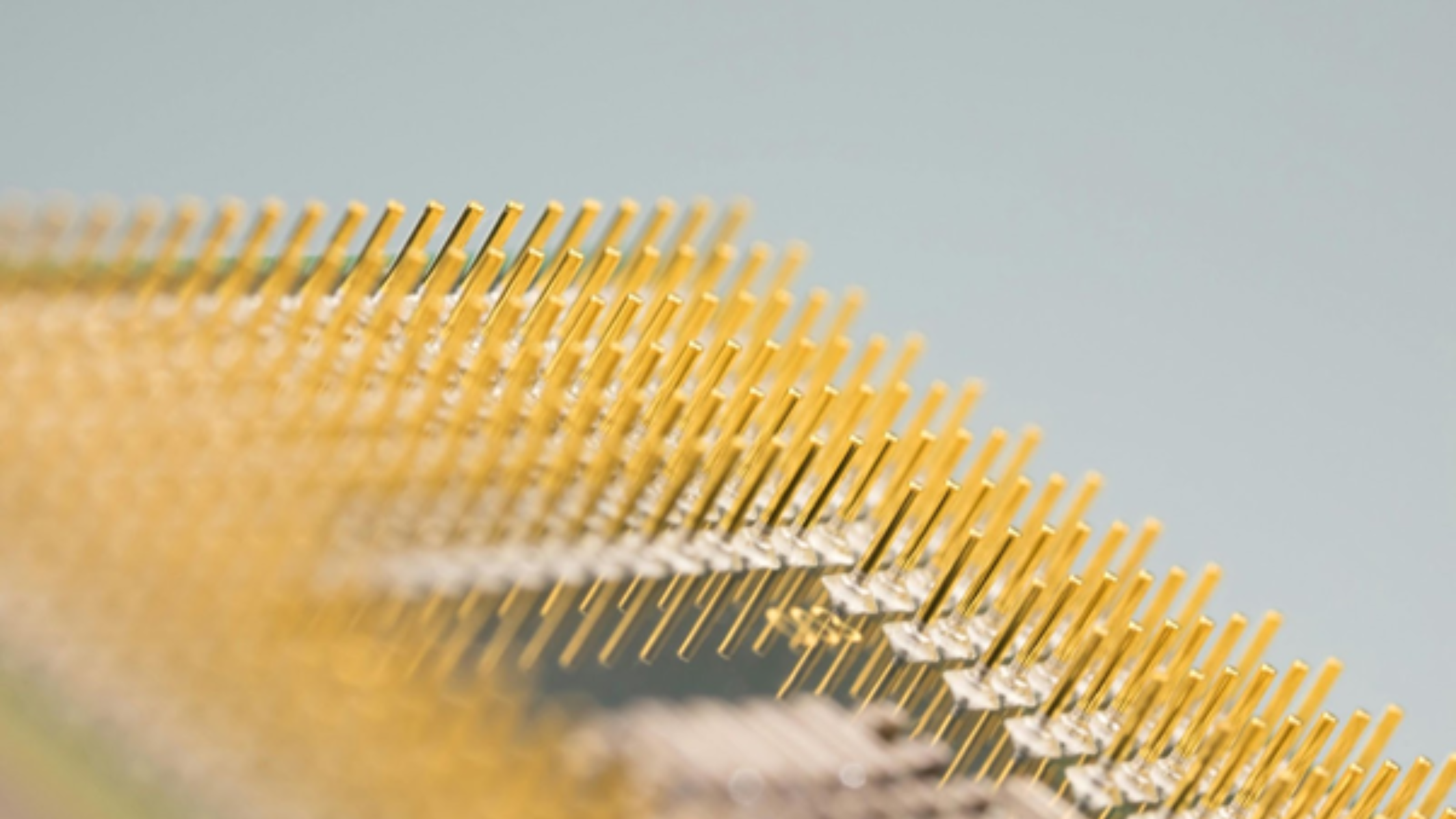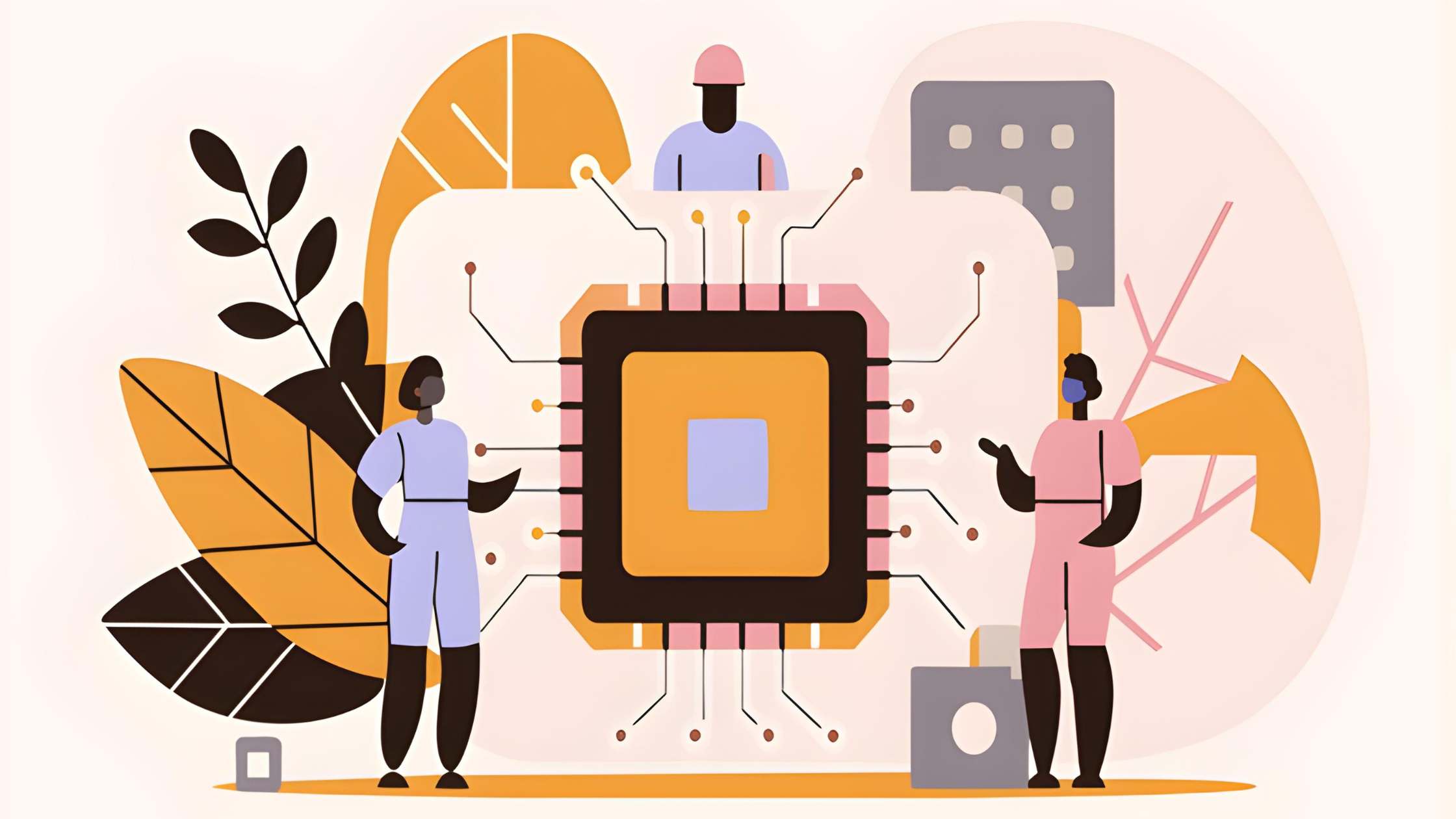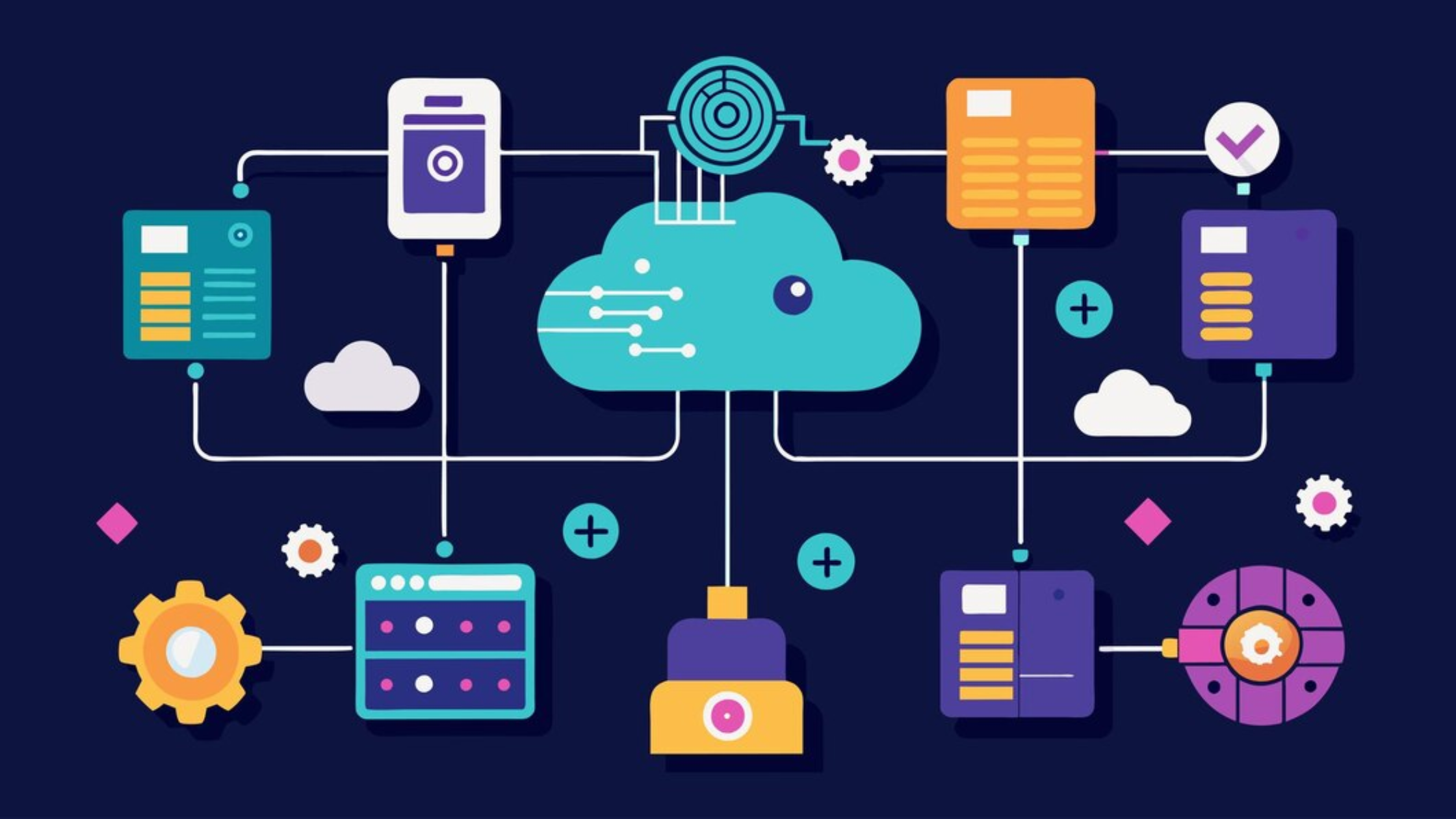MODIFIED ON: September 10, 2024 / ALIGNMINDS TECHNOLOGIES / 0 COMMENTS

In an era where technology disruption is the norm today, businesses across various sectors—telecommunications, healthcare, automotive, or consumer electronics—increasingly rely on embedded systems and IoT development services to maintain their competitive stance. Among these services, customer enterprise products are the most significant application area in the product engineering services market.
Initially, customers valued fundamental aspects like reasonable pricing and reliable service. Nowadays, their expectations have evolved to include personalized interactions, proactive support, AI-driven security measures, and robust data protection.
To win the hearts of customers and have the customers’ best interest in mind, Product Engineering Company in the USA, India or other places covers a vast spectrum of activities including design, development, testing, and maintenance. These companies follow a strategic approach that not only focuses on the product but also optimizes operational efficiencies and enhances user experience.

Curious about product engineering services? These stats say it all:
->By 2030, the product engineering market will hit $2.41T, expanding at 9.9% CAGR; North America leads in global dominance.
->Valued at USD 1,194.9 million in 2024, the product engineering services market is forecasted to reach USD 1,840.8 million by 2030 with a 7.5% CAGR, fueled by increasing smart home demand, and ongoing innovation.
These statistics highlight the transformative potential of product engineering services in shaping the future of product development across industries.
Definition of Product engineering
From idea to maintenance, product engineering handles it all – innovation, design, development, testing, and support. Key drivers for the product engineering services market include a heightened focus on time to market (TTM), increased adoption of emerging technologies (such as Embedded systems development, IoT development services & various design features), and a growing demand for smart home solutions and vehicle networking systems.
Innovations in IoT, DevOps, AI, and Cloud computing are further boosting the demand for specialized product engineering services. These advancements help modern businesses create standout products tailored to current technological trends.
Stages of Product Engineering Lifecycle
1. Conceptualization and ideation: Defining project goals based on client requirements and collaborating with stakeholders to shape a clear vision for the software product.
->Conduct market research and competitive analysis.
-> Identify user personas and target audience.
-> Gather and prioritize user requirements and features.
-> Create initial project timelines and budget estimates.
2. Design and prototyping: Creating a software blueprint with architecture, UI/UX, and scalability, ensuring user-centricity and business alignment. Prototyping in product design engineering validates ideas before full development, saving resources.
-> Develop wireframes and mockups.
-> Design a detailed system architecture.
-> Create interactive prototypes for user feedback.
-> Ensure design considerations for scalability and performance.
3. Development and implementation: Once the design is finalized, the development team starts building the product. This involves writing code, integrating various components, and implementing features according to the specifications outlined in the design phase.
-> Set up development environments and version control systems.
-> Write and review code according to coding standards and best practices.
-> Integrate third-party APIs and services.
-> Conduct regular code reviews and unit testing.
4. Testing and quality assurance: This phase evaluates the product against design specifications, covering performance, reliability, usability, safety, compliance testing, and QA services like end-to-end testing and automation.
-> Develop comprehensive test plans and cases.
-> Carry out multiple testing types (e.g., unit, integration, system, user acceptance).
-> Automate testing processes where possible.
-> Identify, document, and track defects to resolution.
5. Deployment and maintenance: After the product has been thoroughly tested and approved, it is deployed to production environments for end-users. Maintenance involves providing ongoing support, bug fixes, and updates to ensure the product remains functional and secure.
-> Prepare and configure production environments.
-> Deploy the software product using CI/CD pipelines.
-> Monitor system performance and user feedback.
-> Provide regular updates, patches, and security fixes.
6. Iteration and continuous improvement: Product lifecycle extends beyond deployment, undergoing continuous improvement via user feedback, performance monitoring, and market analysis, leading to iterative updates aligning with evolving customer needs.
-> Collect user feedback and usage analytics.
-> Conduct regular performance reviews and retrospectives.
-> Implement improvements based on feedback and new requirements.
-> Stay updated with technology trends and incorporate relevant advancements.

Final Thoughts on Product Engineering Services: Innovate and Excel with AlignMinds
To stay competitive and innovative, leveraging comprehensive product engineering services is essential. AlignMinds, renowned as the best product engineering company in India, provides expert guidance and advanced solutions to streamline your development processes. Their dedication to excellence ensures your products are not only efficient but also market-ready.
Choose AlignMinds to drive your innovation forward and achieve remarkable efficiency in your engineering projects.
Leave a reply
Your email address will not be published.
-
Recent Posts
- The Role of AI in Business Growth: Top Trends for 2025 and Beyond
- The Evolution of Voice Search in AI: What’s Next for 2025?
- How to Hire an AI Developer: A Complete Guide 2025
- Top 10 Android App Development Trends in 2025
- Top Trends in Product Modernization for 2025 and Beyond
-
Categories
- MVP Development (5)
- AlignMinds (56)
- Operating Systems (1)
- Android POS (3)
- Application Hosting (1)
- Artificial Intelligence (49)
- Big Data (2)
- Blockchain (1)
- Cloud Application Development (8)
- Software Development (39)
- Software Testing (9)
- Strategy & User Experience Design (4)
- Web Application Development (28)
- Cyber Security (6)
- Outsourcing (7)
- Programming Languages (3)
- DevOps (5)
- Software Designing (6)
- How to Code (4)
- Internet of Things (1)
- Machine Learning (2)
- Mobile App Marketing (5)
- Mobile Application Development (25)
- Mobile Applications (11)







